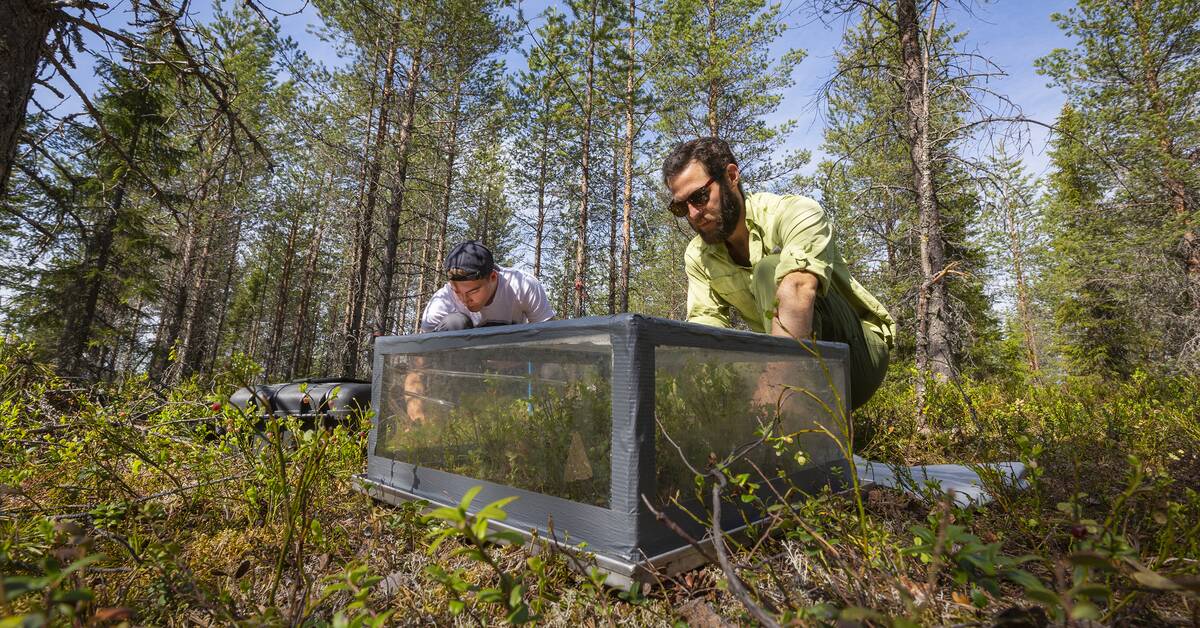These are ground-breaking research results that come from SLU in Umeå.
Debarking is a heavily criticized method that has been regarded as a carbon dioxide bomb, but now, according to the researchers, it can be beneficial for the climate.
- It is the growth of the trees that absorbs carbon dioxide, says researcher Matthias Peichl at SLU.
Binds carbon dioxide
The soil's carbon dioxide emissions from decomposition are less important and a clearcut binds more climate-affecting carbon dioxide than it gives off after ten years, the researchers claim.
Not unexpectedly, the forest industry welcomes the research results and believes that it supports their view on the matter.
- It is a good study that shows the value of active forestry, says Ola Kårén who is head of forestry at SCA, which is Europe's largest private forest owner.
The research has taken place around an experimental area in Västerbotten and it is still too early to say whether the results apply to all the world's coniferous forests.
Confirms previous studies
Anders Lindroth at Lund University, who also conducts research on carbon dioxide emissions from clearcutting, has read the report from SLU.
He believes that it largely confirms previous studies on how long a clear-cutting leaves carbon dioxide, but has views on parts of the researchers' measurement methods.
- It can affect the conclusion that the hyggen comes to balance in terms of carbon dioxide after 10 years, says Anders Lindroth.
In the video, researcher Matthias Peichl develops the research results, which are also commented on by the forestry company SCA.
The study is published in the journal Global Change Biology.

